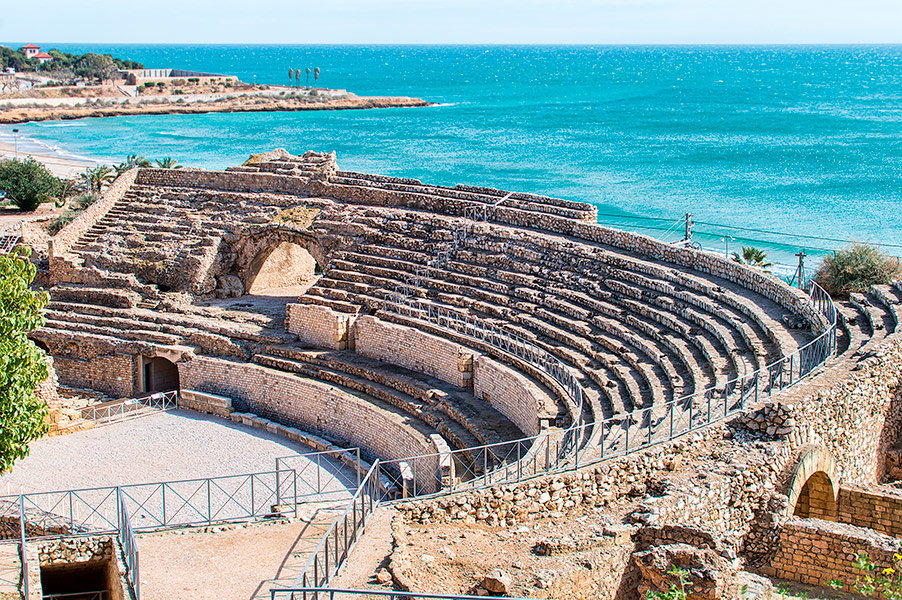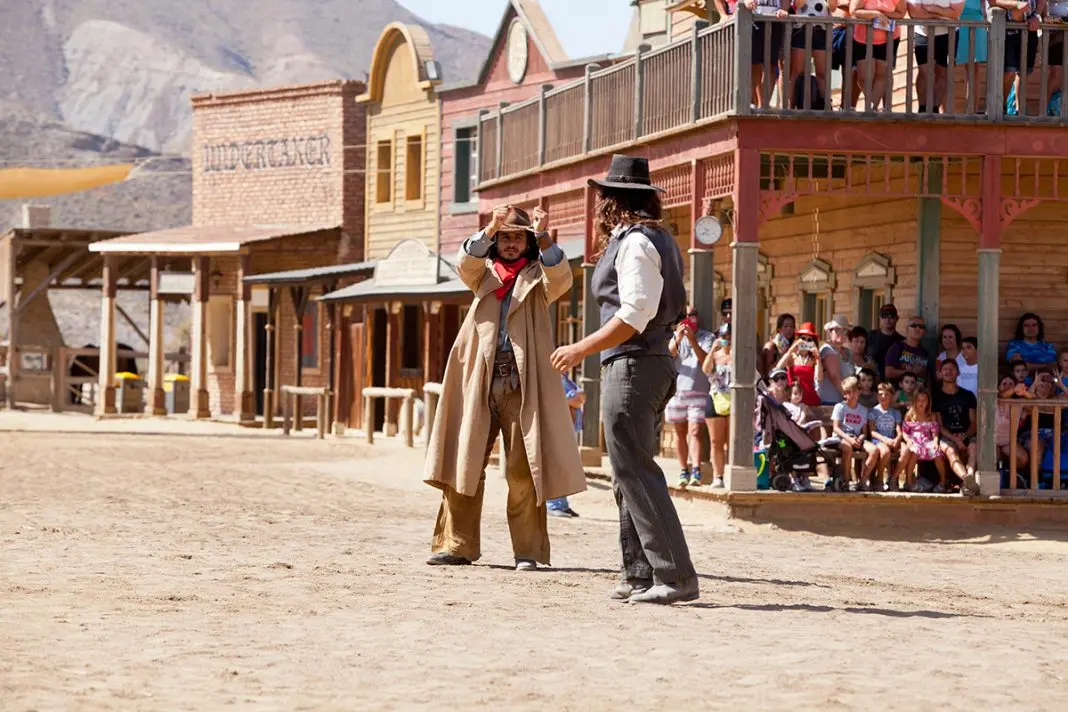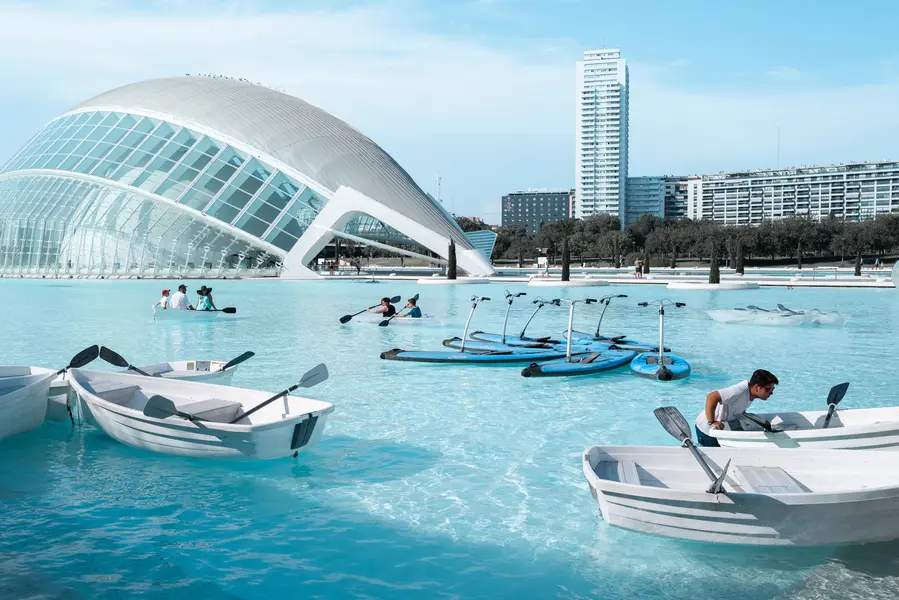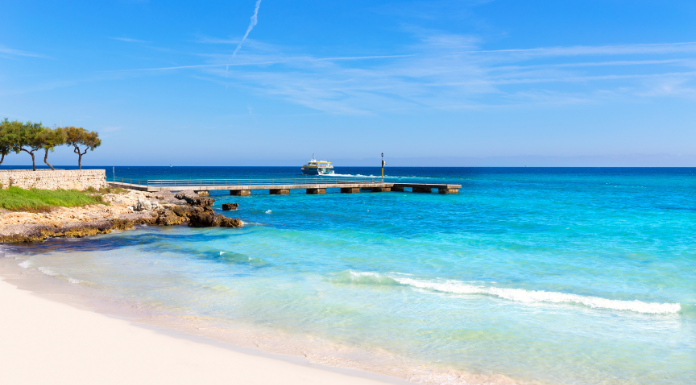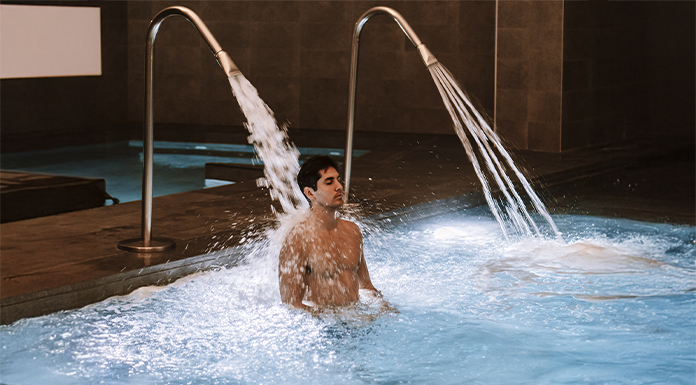
Aquí puedes configurar tus preferencias y elegir cómo quieres que nosotros y otras empresas seleccionadas utilicemos tus datos mediante la instalación de cookies o el uso de tecnologías similares.
En cualquier momento puede cambiar o retirar su consentimiento desde la "Configuración de cookies" en nuestro sitio web.
Rechazar la instalación de cookies puede implicar el incorrecto funcionamiento de ciertos servicios. Para más información sobre cookies puedes consultar nuestra Política de Cookies.



